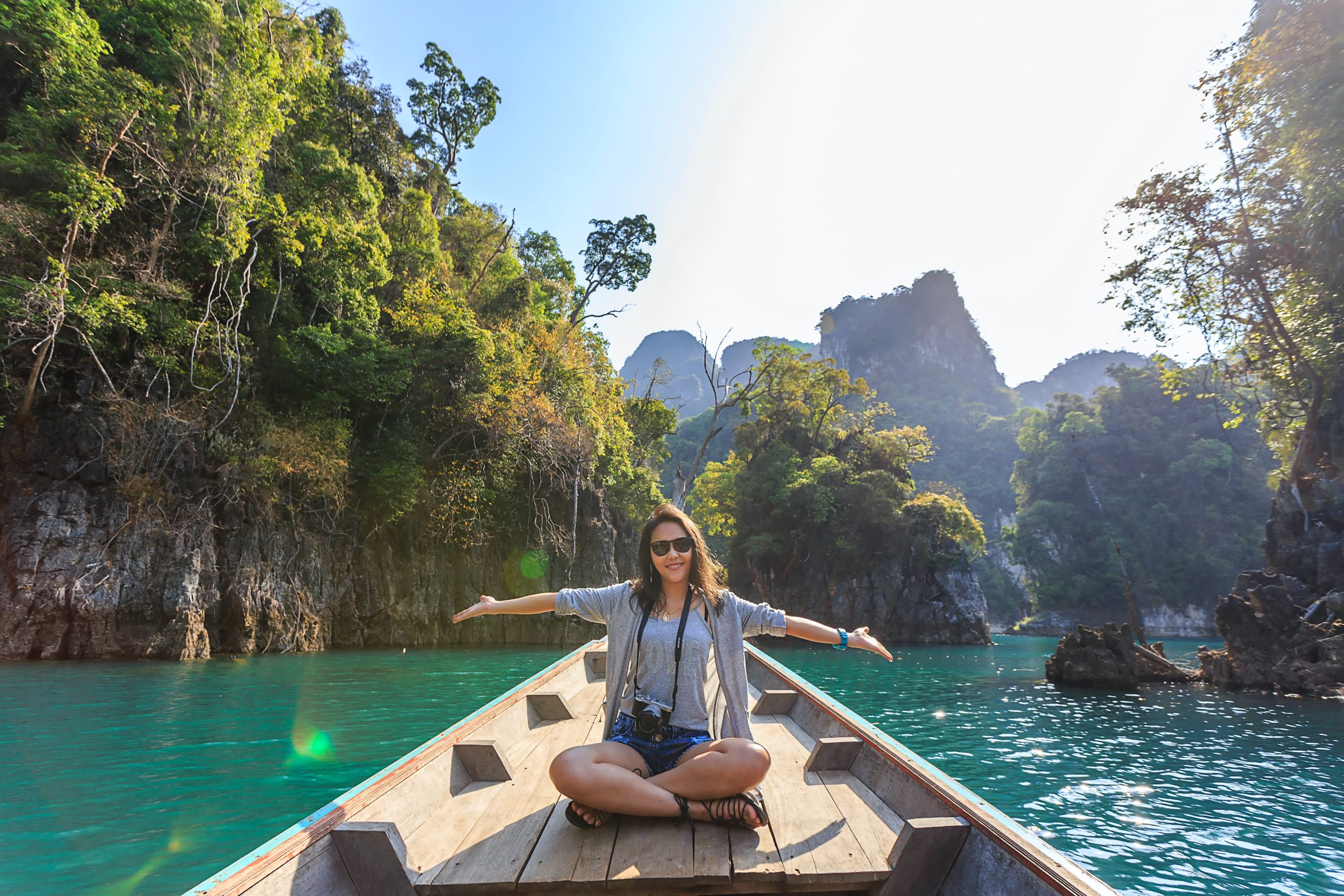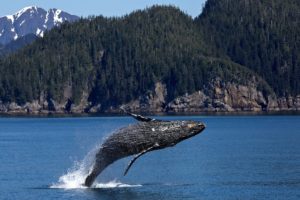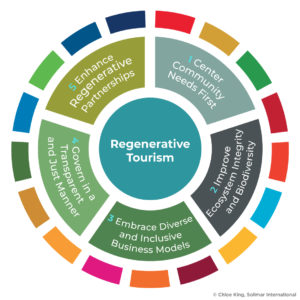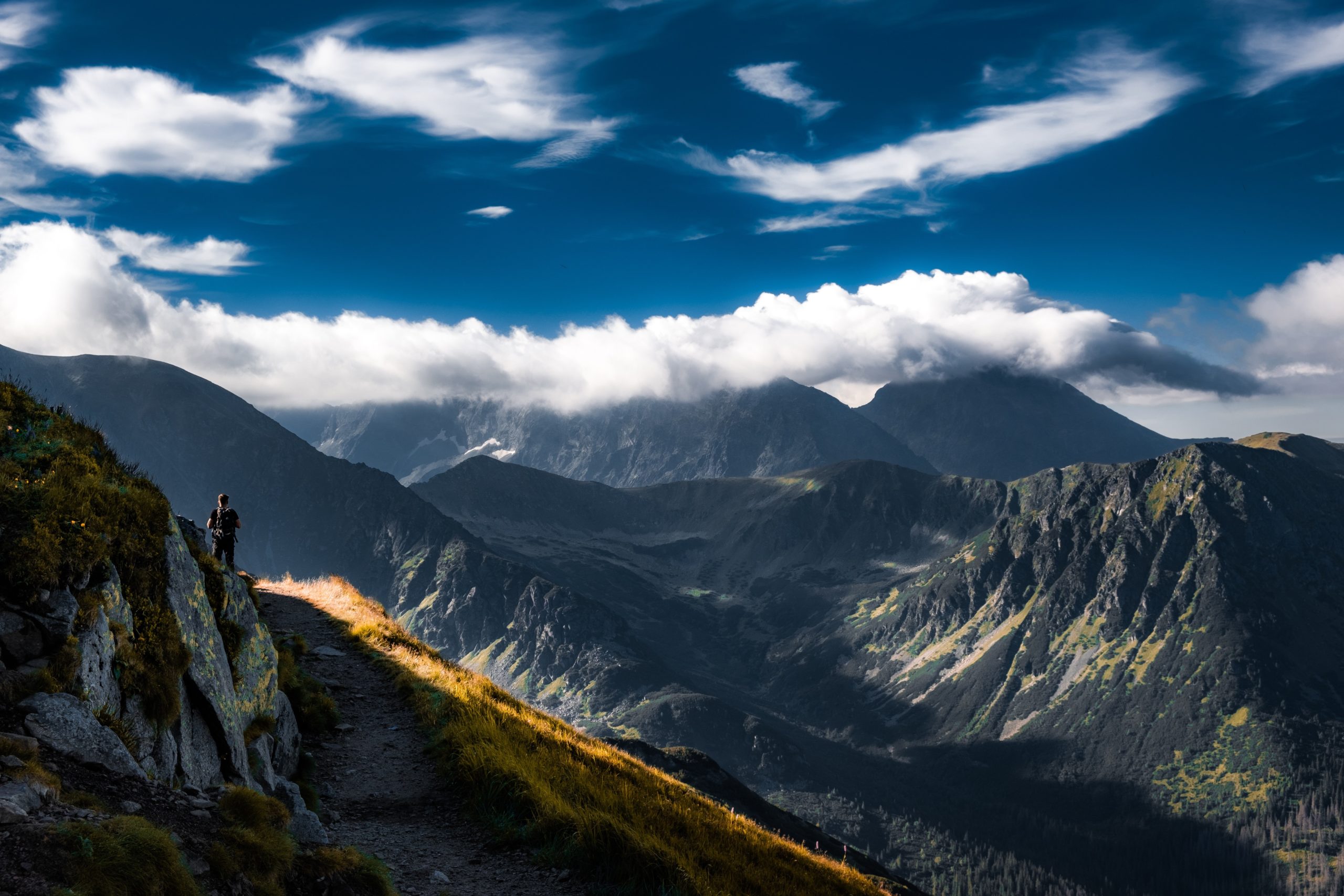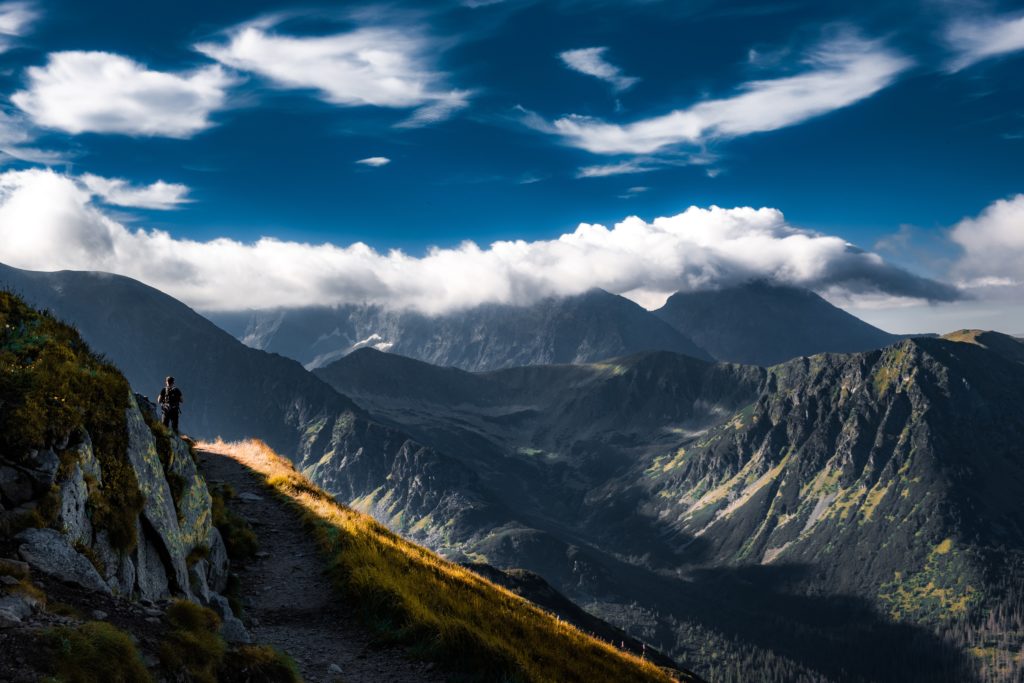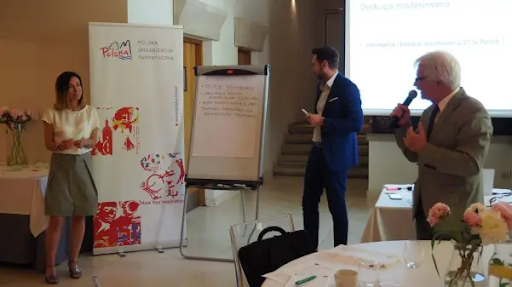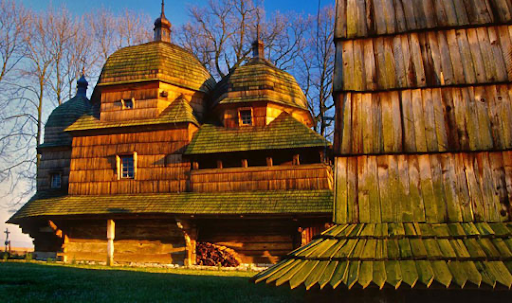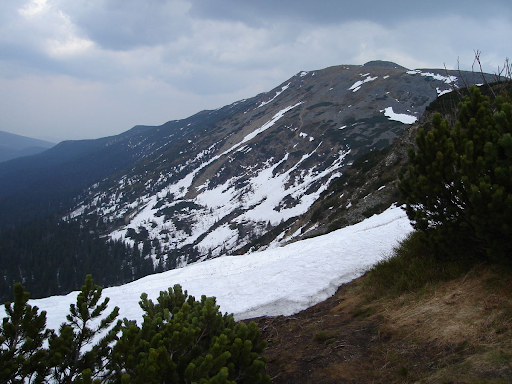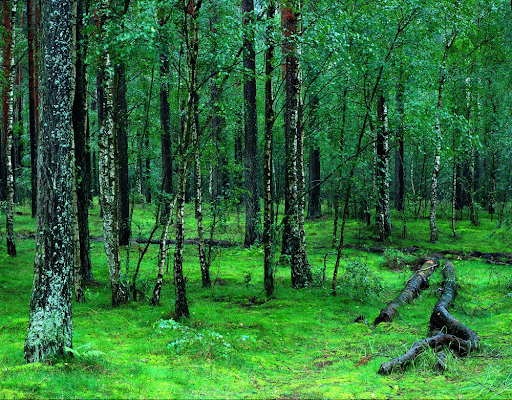Cleveland: A Case Study on Revitalization
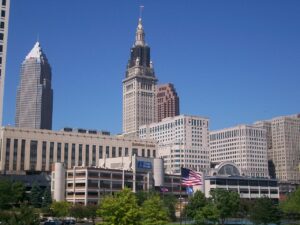
As someone who grew up in a suburb just ten minutes south of downtown Cleveland, Ohio, I quickly became acquainted with the essence of living near a city that embodies the Rust Belt ethos, a once bustling metropolis with a population exceeding 914,000 people. Cleveland has seen a dramatic decline over the course of the last 50 years. Its current population barely reaches 370,000. This decline, coupled with the retreat of the steel industry, played a significant role in pushing the city into the Rust Belt category. Despite these challenges, Clevelanders continue to adapt; driven by an appreciation for the city’s unique character, many still call the city home.
Despite its historical setbacks, Cleveland’s tourism sector has shown impressive growth. In particular, Destination Cleveland, is one of Ohio’s premier Destination Marketing & Management Organizations (DMOs). Reported a notable 12% increase in visitors to Cuyahoga County, Ohio. Reaching around 19.7 million visitors – up from 17.6 million the previous year. This upward trajectory is promising, but the critical question remains: How does a city revive itself when its once-dominant industries have faded away? This challenge plagues destinations worldwide. Yet Cleveland’s response offers inspiration and a potential blueprint for others to follow – a testament to adaptation, cooperation, and progress.
Contemporary Success
Cleveland’s recent surge in tourism is due to the combination of its sporting and political events. The city is home to three major league sports teams: the Cleveland Cavaliers (basketball), the Cleveland Guardians (baseball), and the Cleveland Browns (football). Notably, Destination Cleveland’s data from 2016 revealed that a staggering 18 million people visited the city in 2016. While the Cleveland Cavaliers’ championship parade and the Guardians’ success played a crucial role in achieving this record-breaking number, there was more to the story. Over the years, Cleveland saw a consistent increase in its annual visitor count, with an astonishing growth rate of nearly 3%. How did a city that welcomed only 13.7 million visitors in 2007 manage to attract 19.2 million visitors annually within a relatively short span of time?
Susan Glasser’s 2019 article on Cleveland.com featured insights from David Gilbert, the CEO & President of Destination Cleveland, shedding light on the organization’s successful approach. Two main factors emerged as pivotal: diversifying the range of appealing activities available and targeting local audiences with effective marketing efforts. Firstly, a destination should offer an enticing array of activities, ensuring visitors find something appealing. Secondly, gear marketing strategies towards local communities, focusing on attracting visitors from nearby cities such as Detroit, Philadelphia, Chicago, Cincinnati, or Pittsburgh.
Cleveland’s journey from industrial lows to a soon-to-be thriving tourist destination showcases the power of strategic planning, community engagement, and leveraging the city’s unique assets. As cities worldwide grapple with their own revitalization challenges, the lessons learned from Cleveland’s success story could have a global impact, fostering a culture of resilience, adaptability, and collective success for destinations.
Make No Mistake, This Is Cleveland!
Arts & Activities Abound
Cleveland boasts an array of captivating activities to cater to a wide range of interests. One shining gem is the Cleveland Playhouse, nestled in the heart of downtown within the vibrant Playhouse Square District. As the largest performing arts center outside of Broadway, it offers an immersive theater experience. Additionally, consider the Cleveland Museum of Art, which stands as a respected institution with an exceptional art collection. Highlighting India, Southeast Asia, and Egypt. For the music enthusiasts and history buffs. You may find your heart racing at the sight of the iconic Rock and Roll Hall of Fame. A pyramid-shaped beacon that illuminates the incredible journey of Rock and Roll through the ages.
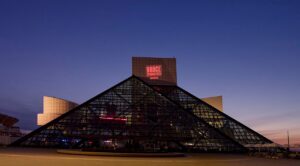
However, if these options don’t resonate with you, consider immersing yourself in the natural beauty of Lake Erie, a tranquil freshwater lake with a rich and storied history. Cleveland’s connection to this picturesque lake adds a unique dimension to its allure.
The wonderful Metroparks
Venturing further afield, the Cleveland Metroparks beckon with their diverse offerings. This expansive system of 18 reservations and over 100 hiking trails dot the Greater Ohio area. Provides an ideal escape into nature. As a hidden treasure within the Forest City, the Metroparks Zoo is another remarkable highlight. It’s worth noting that Cleveland boasts more greenery than even Northern California, a testament to the city’s commitment to preserving its natural spaces. The moniker Forest City accurately reflects the lush biodiversity of the Metroparks and the city.
My summer takeaway
One of Solimar International’s goals is to underwrite tourism projects while promoting sustainable tourism. Given the current demand for Northeast Ohio tourism, sustainable tourism is growing across Cleveland, besides the typical gentrification that is across the country. I have not witnessed any harm done to the city due to its tourism industry. Perhaps this is how citizens of Cleveland prefer it, keeping the living costs relatively cheap with an accompanying modest population. This will result in a tourism industry that ranges from nonexistence to treading water.
Why industry and climate change are crucial for adaptation.
Silicon Heartland!
Cleveland may have erratic tourist attractions on a year-to-year basis, but some developments can send more people to the city. With population growth on the horizon, more people will discover the city’s strengths. It doesn’t matter what the people want. As the city gets bigger, it must take its tourism more seriously. So, what developments make me believe the city will see a population bump? Earlier this year, in a joint press conference with President Biden. Governor Mike Dewine announced a deal to see the tech company Intel create a new chip manufacturing plant outside of Columbus in New Albany, Ohio.
The billions of investment dollars aim to transform factories across Ohio. A Silicon Valley in the Midwest, a Silicon Heartland, as citizens hope to coin it. This is arguably the most significant economic investment in the state, and if all goes well, the impact will be profound.
Being one of the larger cities in the Midwest, the cost of living is already a little higher. A future-proof technology company like Intel moving into the Buckeye state can immediately affect home prices. Cleveland is located about two hours north of the Columbus area. If housing becomes scarce, driving prices will rise. I imagine people will move further away for cheaper homes. If the plan to turn Ohio into a Silicon Heartland is successful, the state may see a population increase.
A hopeful climate forecast.
Climate change is another factor that I see potentially increasing the population of Cleveland, Ohio. Historic Cleveland holds the Mistake on the Lake moniker because of the city’s pollution problems affecting the adjourning Lake Erie. The Great Lakes contain the world’s largest supply of freshwater. Access has been a crisis, depending on where one lives. Suppose people in packed cities like Los Angeles already have to ration their water supplies in 2022. It is daunting to imagine what the near future holds for communities at risk of running out of water. Cities along the Great Lakes will only become more appealing as climate issues become more apparent.
Failing to Drive Adaptation
Poor financial foresight may harm
Recent local events, such as the closing of Sokolowski’s University Inn. A Cleveland staple for nearly 100 years. It was shocking to many, making headlines across the local news. Some blamed it on the economic times, but the restaurant was a tourist staple. Its location offers some of the best views of the city. It is also next to the recently made Cleveland script signs. The closure of these sites has made me concerned that my city would not be properly prepared to have sustainable tourism.
A recent Tax Levy for the MetroPark system also put fear in Clevelanders’ hearts. Given how much the city government promotes them. We Northeast Ohioans are lucky to have the MetroParks. I always assumed there was some special law that guaranteed their funding. Luckily, the levy passed with 77% approval, yet these numbers still concern me. These parks are the city’s best attraction. The fact that there was a slim possibility that the parks may lose funding deflated me. Some people just assume these great parks will always be there. They sadly do not think what can happen if they lose funding. We may be discounting the success of the Metroparks.
An Adaptation-Focused Mindset is All You Need
The apathetic attitudes of Clevelanders toward the few things they can be proud of have left me frustrated. If we cannot take care of our best tourist attractions, how can we possibly handle matters when push comes to shove? The Sokolowski house is still popular as the surrounding location has become a serene viewpoint for pictures of Greater Cleveland. There are rumors that the property is for sale. We won’t know if the buyer is a local or an out-of-towner.
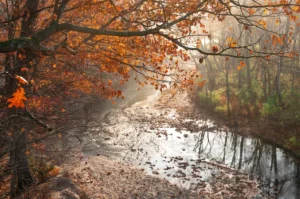
Can Cleveland maintain sustainable tourism with a hypothetical population surge?
One of my biggest takeaways from my Solimar Internship is that sustainable tourism relies on cooperation and innovation from all parties. From the stories I’ve heard, it can quickly become complicated and sometimes political. People can be stubborn and understandably resist exploitation. Claiming ownership over local attractions and city culture leads to mishaps, as we can see from the mishandling of Sokolowski’s house. As well as the proposed defunding of the Metroparks.
Overconfident businesses might make poor decisions simply because they have lived in a single community their whole lives. This does not translate to positive tourism for a city still debating funding its beloved public parks. Our community could fail to enact sustainable tourism. It is essential for the native people to be able to carry their weight when it comes to tourism. Otherwise, those from the outside will dictate the direction.
Hope for Cleveland’s future
This can either be a good or bad thing. But I know that if a young outsider introduces a business that doesn’t represent the city. It may rub the locals the wrong way. I’d love for Cleveland to transform into a Midwest Portland. Yet this rapid progress can be harmful to locals and their environment. That is why it is important for Clevelanders to know their story. While also focusing on what needs to change to maintain authenticity. The historic Ali Summit was held in downtown Cleveland in 1967. Itself, a pivotal moment within the American Civil Rights movement, has held more impact for Clevelanders. If Clevelanders aren’t aware, a possible increase in tourism may harm sites such as the historic Metroparks. Leaving many voters considerate to future levies.
Not being a destination city might be okay with the people of Cleveland now, but that can quickly change if more people choose to live or flock to our city. It is crucial that we prepare for adaptation without losing the essence of what makes Cleveland unique. By embracing common values, we can work harmoniously with inquisitive businesses and tourism companies. DMOs can focus on crafting experiences that benefit everyone. Regardless of the city’s evolution over the years, cultivating self-awareness and readiness for environmental changes remains paramount. Without proactive efforts, visitors might opt for other destinations. I would like to see Cleveland’s further success. I believe that adaptation and foresight from citizens to decision-makers are critical for success. Together, we can ensure that the belief in the land remains strong!
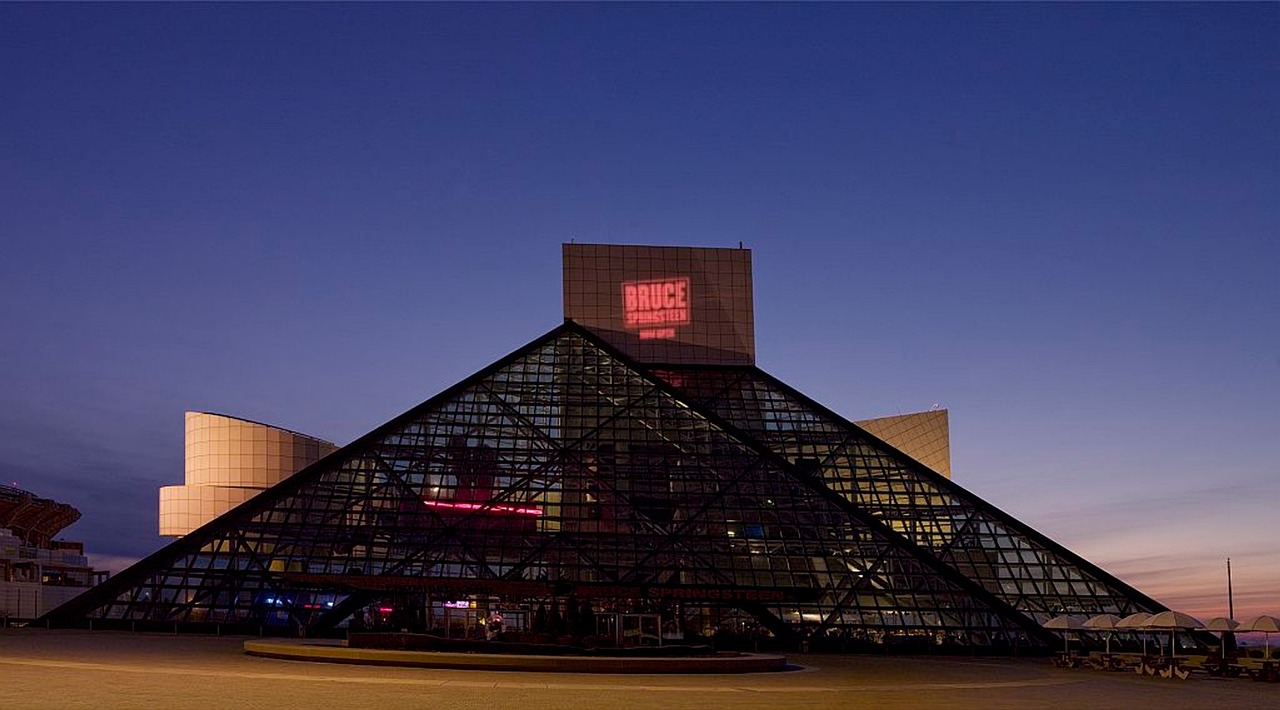
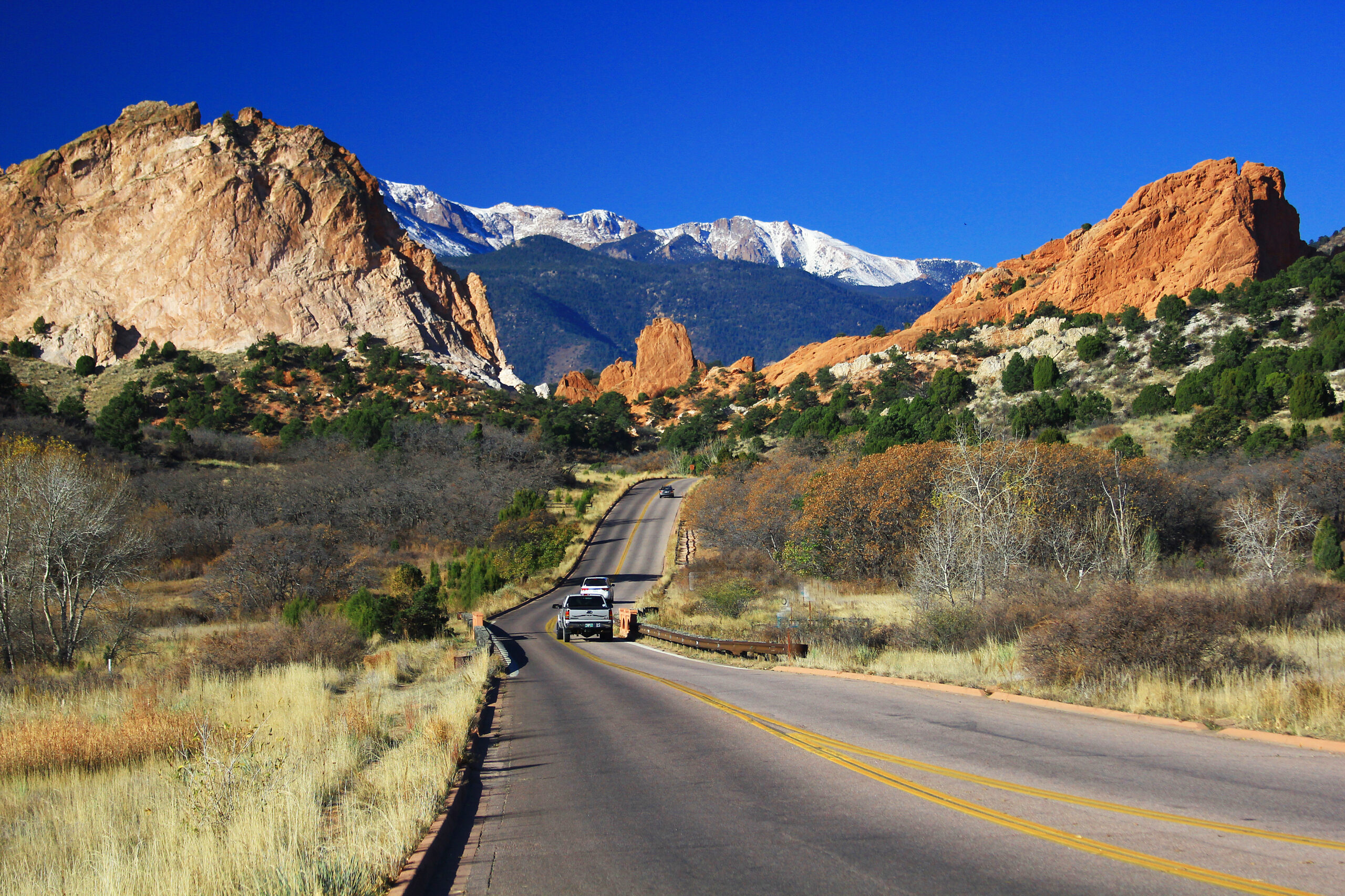





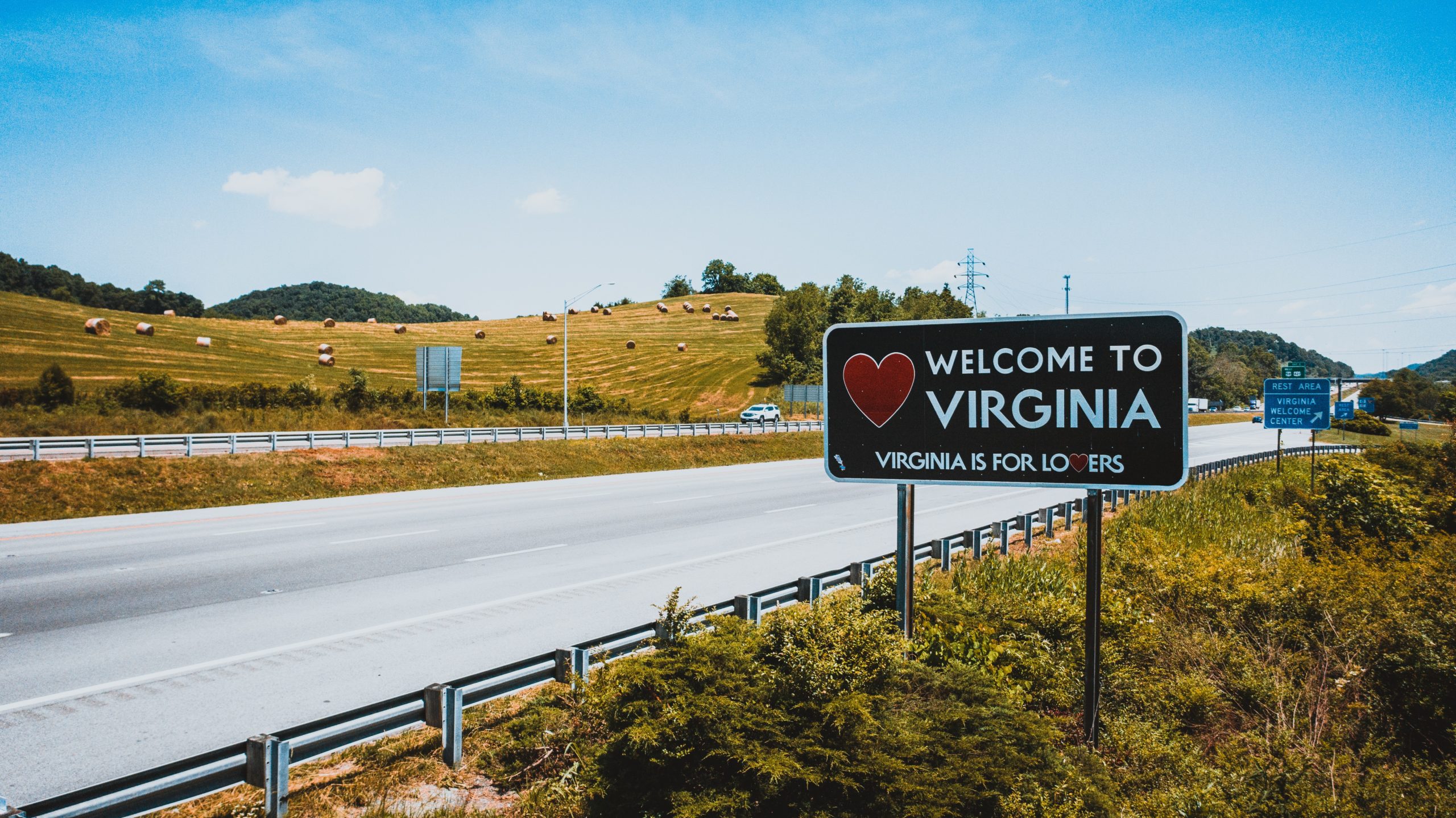
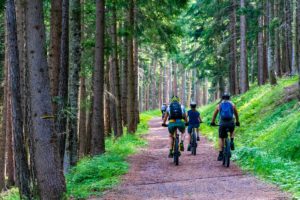
 Our office was formed by a cooperative agreement in 2011 between both towns and the county. While our office might not have been formed before 10 years ago, the local community, membership organizations, and various hospitality businesses
Our office was formed by a cooperative agreement in 2011 between both towns and the county. While our office might not have been formed before 10 years ago, the local community, membership organizations, and various hospitality businesses 
